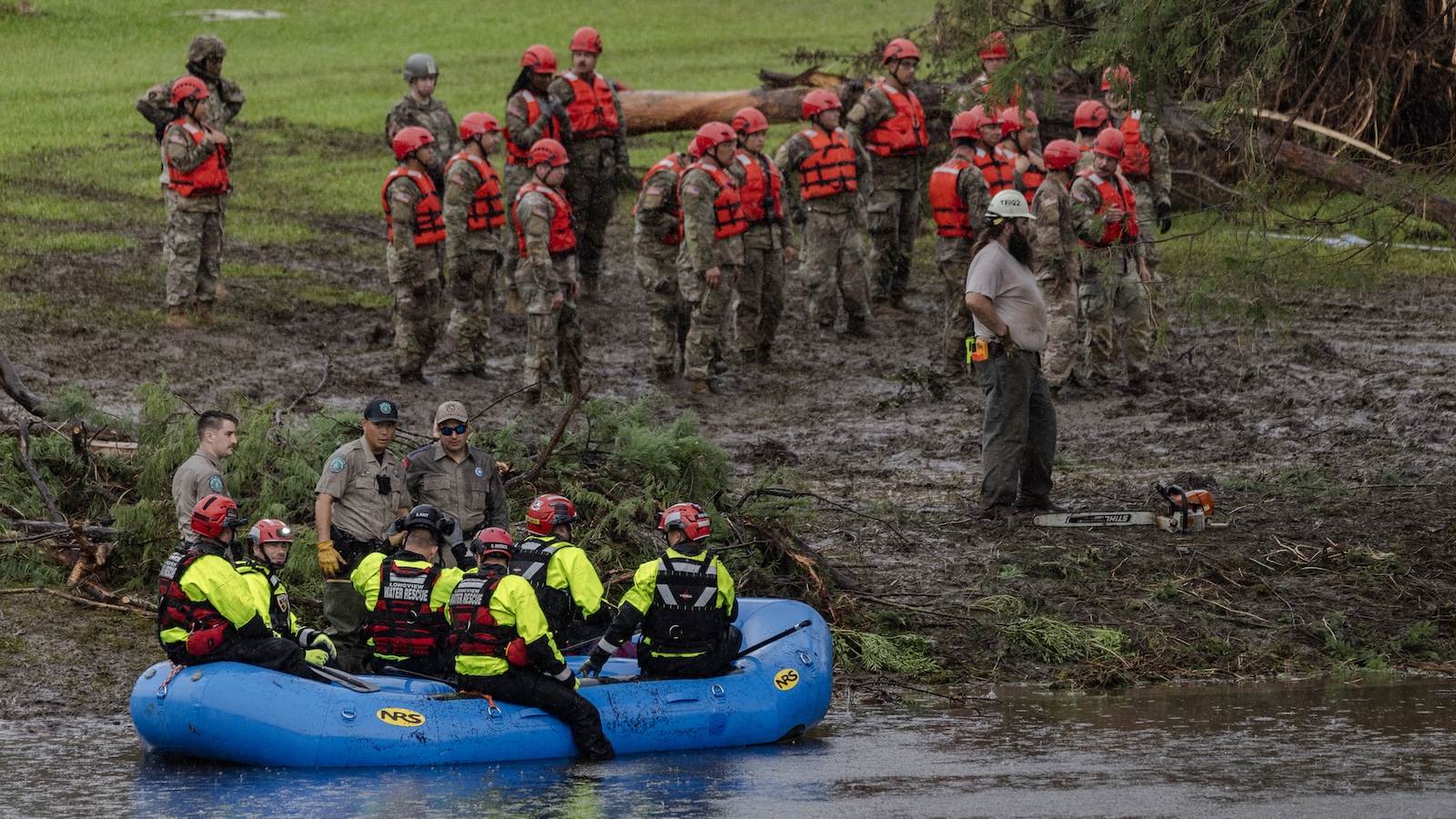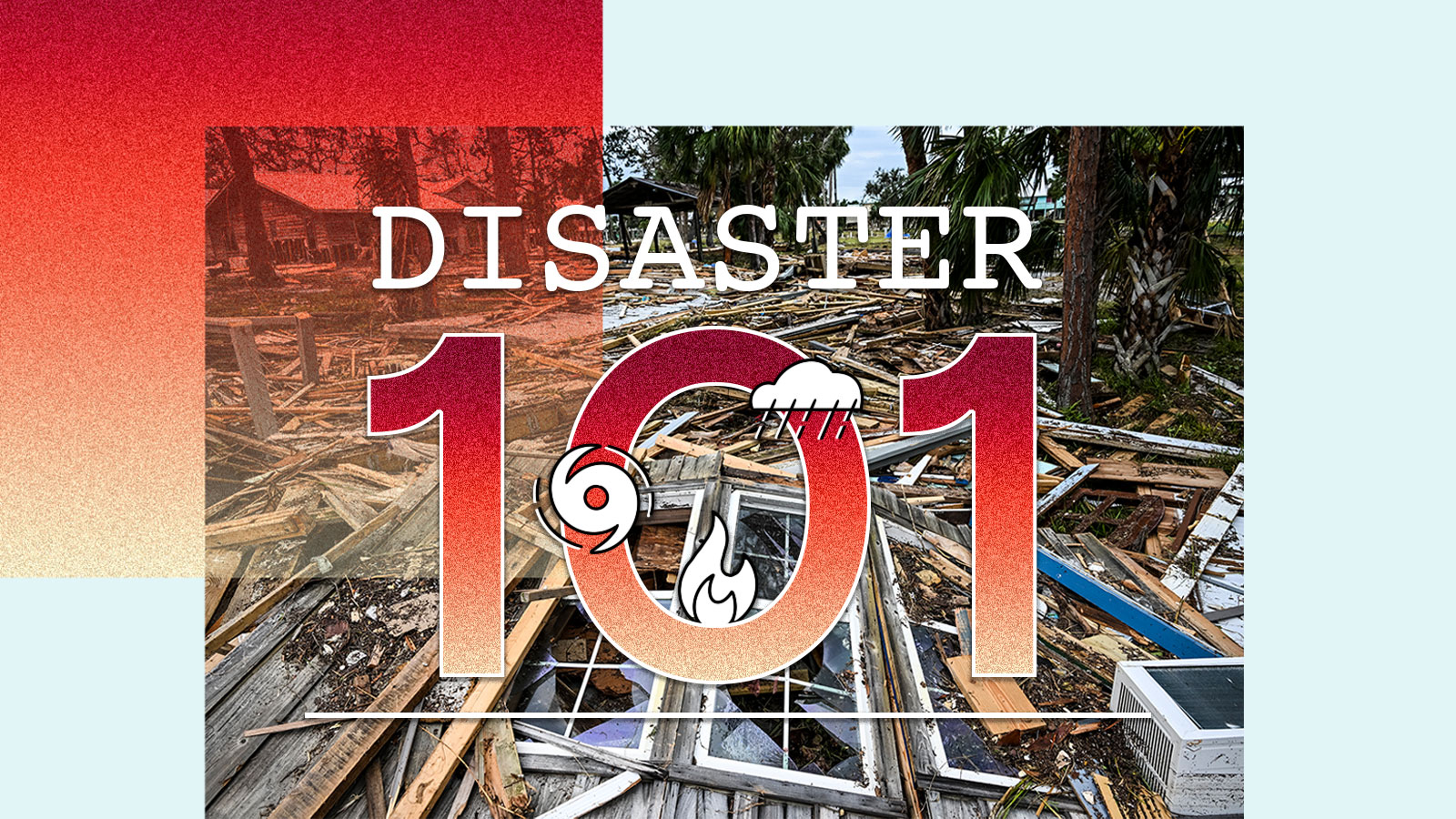Now Reading: Unraveling the Science Behind Texas’ Devastating Floods
-
01
Unraveling the Science Behind Texas’ Devastating Floods
Unraveling the Science Behind Texas’ Devastating Floods

Speedy Summary
- Catastrophic flooding in Central Texas on July 4 has claimed at least 95 lives, including 27 girls and counselors at a Kerr County Christian summer camp.
- The Guadalupe River surged 26 feet in just 45 minutes, causing sudden inundation.
- Experts cite climate change as a key factor behind the extreme rainfall, due to warmer Gulf of mexico waters fueling unstable atmospheric conditions.
- The ground composition in this region, with limestone and shallow soil, exacerbated the rapid runoff and river surges.
- Rainfall rates reached 2-4 inches per hour; slow-moving thunderstorm systems stalled over the area like an “atmospheric fire hose.”
- Extreme events like this are becoming more frequent – what used to be “1-in-100-year floods” may now align with shorter recurrence intervals like “1-in-10 years.”
- Initial estimates peg economic damage between $18 billion-$22 billion.
- Mixed accounts exist regarding flood warnings; while some received alerts on cell phones, others either didn’t get notifications or underestimated their risks.
- Prior proposals for robust warning systems were rejected due to cost concerns.
Indian Opinion Analysis
The tragic flooding event underscores critical links between climate change and increasingly frequent extreme weather phenomena worldwide, including India’s own susceptibility to monsoon-related disasters. Rising temperatures intensify precipitation patterns globally by amplifying water vapor retention in the atmosphere – conditions not unfamiliar to India’s flood-prone lowlands during heavy rainfall seasons.
For India, such incidents emphasize the urgency of allocating resources toward thorough disaster mapping systems and early warning mechanisms tailored for varied terrains across its subcontinent regions. Lessons could also be drawn from Texas’ challenges: weighing costs against life-saving predictive infrastructure becomes an essential governance priority amidst constrained budgets.
With global warming affecting rainfall intensity akin to Texas dynamics (warm ocean contributing moisture), areas along coastal India must prepare proactively for similar events involving cyclonic rains coupled with insufficiently absorbent terrain structures akin to those seen here.
understanding societal responsiveness during crises – whether alert systems are clear or people misjudge risks despite warnings – is universal across geographies. India’s investment into public awareness campaigns on disaster anticipation could mitigate such casualties during unavoidable extreme weather occurrences driven by climate shifts.























